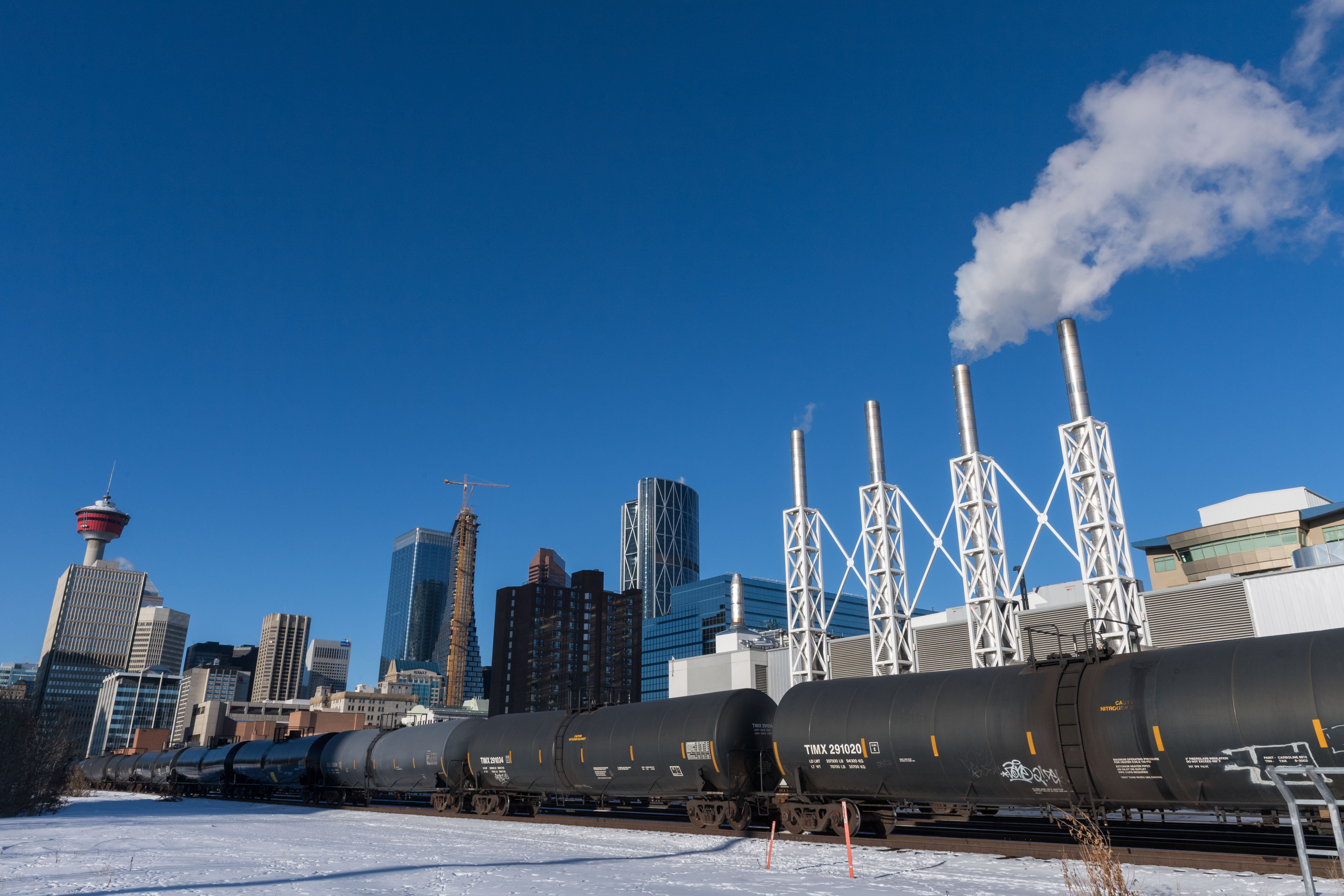Climate & Environmental Management plan and budget
Climate & Environmental Management provides leadership, strategies, programs, and support to plan for and manage climate and environmental issues, risks, opportunities and trends associated with the delivery of public services. Climate action aims to reduce the impacts of severe climate events on infrastructure, people and nature, reduce greenhouse gas (GHG) emissions, and improve energy management. Environmental sustainability aims to protect and reduce our impact on land, air and water resources to ensure quality of life, human and ecological health. We identify, assess and manage contamination risks of city-owned land to protect human health and the natural environment.
Our customers
- Calgarians
- Non-governmental organizations
- Industrial, commercial and institutional organizations
- Other City departments
Our partners
- Corporate governance internal groups
- Risk management and advocacy internal groups
- Operational and land-owner internal business units
- External organizations
- Other governments
Value to Calgarians
- environmental and climate risks are assessed
- support to reduce GHG emissions and manage energy
- environment and climate programs
- soil and groundwater contamination risks are managed
- workers, the public and natural environments are protected
What we deliver
- Expertise, strategic advice, tools and products to manage risks through our environmental management system and associated policies and programs.
- Assessment of risks using science-based analysis.
- Develop cost-effective solutions to manage energy, reduce climate risks and greenhouse gas emissions.
- Identification, assessment and management of contamination risks to city-owned land.
Budget breakdown
Operating and capital budgets explained
The budgets you see here are expenditures net of recoveries.
The City develops two budgets to create impact aligned with Council’s Strategic Direction:
- The four-year (2023-2026) operating plans and budgets
- The five-year (2023-2027+) capital plans and budgets
The operating budget includes revenues, recoveries and spending related to ongoing operations. These include:
- Salaries, wages and benefits.
- Day to day programs, maintenance and services.
- Administration costs (e.g., insurance).
- Fuel
- Utilities
- Capital financing costs.
The City's total net operating budget is zero. This means we budget to collect the revenue needed to deliver services to Calgarians — no more, no less. We collect this revenue through property taxes and other sources.
The capital budget pays for long-lived assets. These provide the foundation for the services Calgarians rely on. They include:
- Maintenance of current infrastructure (e.g., bridges, buildings and playgrounds).
- Upgrades to existing community infrastructure.
- New infrastructure to provide services in areas that are underserved (e.g., Green Line).
- New infrastructure for growing areas of the city.
Learn more about our 2023-2026 Service Plans and Budgets.
See how the budget has been adjusted since November 2022
Measuring performance
We are measuring our performance in five areas. Each value is the goal we expect to reach by 2026.

What we've heard
A majority of Calgarians (79 per cent) support taking climate action. Through various focus groups and engagement sessions, we heard:
- The importance of biodiversity
- The City needs to be more involved in development of a green economy and should provide incentives to help with this transition
- A need to prioritize natural-based solutions whenever possible
- Climate action should be approached with an equity lens to ensure we have a healthy environment and access to environmental and climate services for all Calgarians regardless of socio-economic status.
- We also heard this work, while important, must be balanced with the concern that funding Climate and Environmental actions are costly to Calgarians.
What we're watching
- There has been increasing trends towards municipalities to increase natural space connectivity and increase use of natural infrastructure that provides tangible municipal services while offering key ecosystem services (e.g. urban heat island mitigation, dust mitigation, stormwater filtration and retention, pollination etc.).
- The expansion of federal government funding programs for municipal investment in reducing corporate and community greenhouse gas emissions, transitioning towards a low-carbon economy, reducing climate risk, and building climate resilience into public infrastructure, and investment in natural infrastructure solutions.

Our initiatives
What we plan to do
We will focus on implementing critical steps towards the Environment Strategy and the Climate Strategy: Pathways to 2050.
How we're going to get there
- Increase protection and conservation of Environmentally Significant Areas (ESA) in greenfield development by developing standard protocols for ESA identification in ecological inventories and biophysical impact assessments, by retaining identified ESAs using Environmental Reserve or other planning tools as part of Land Use Amendment/Outline Plan approvals and by updating ESA and Environmental Reserve policies and guidelines.
- Protect the environment and public health and safety by providing corporate-level leadership and support to City services on identifying, assessing and managing contaminated lands. A proactive approach to identifying potential contamination concerns on City land assets and lands contemplated for development ensures that appropriate due diligence is performed and responsible management of environmental risk occurs.
- Combine local and regional, structural and non-structural flood mitigation measures to optimize economic, social and environmental resilience to river floods. City-led, supported or advocated initiatives include: new upstream dams and reservoir operations; local flood barriers and infrastructure floodproofing; thoughtful flood hazard zone land use regulation and regulatory refinement; public engagement/education; enhanced flood forecasting; response planning and emergency response.

